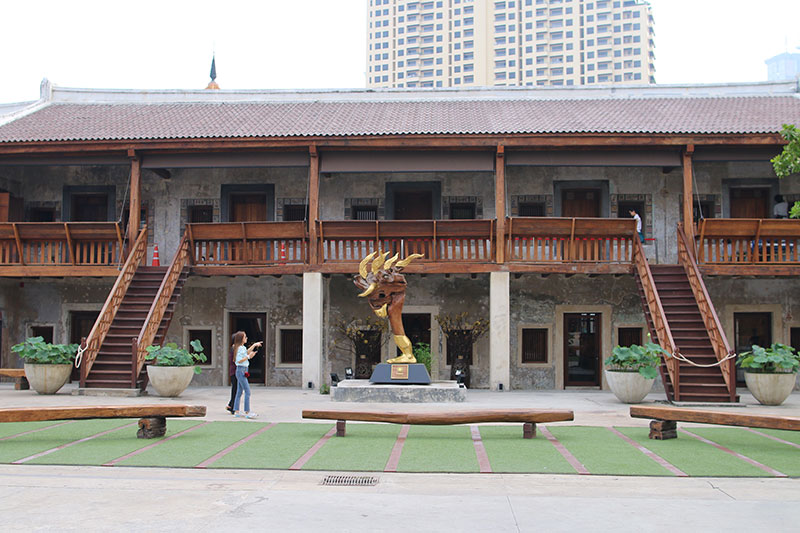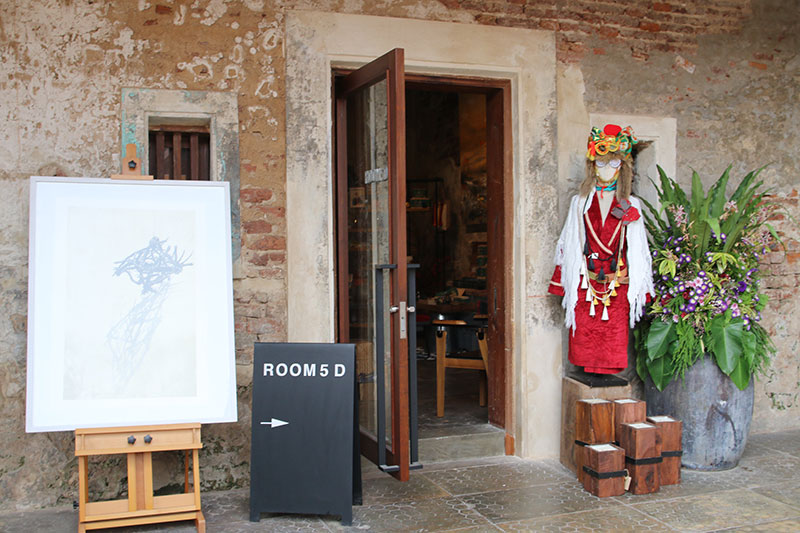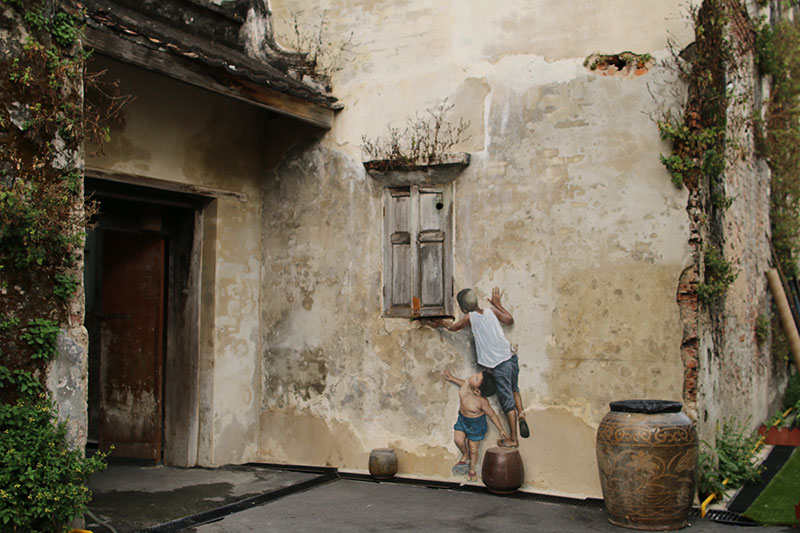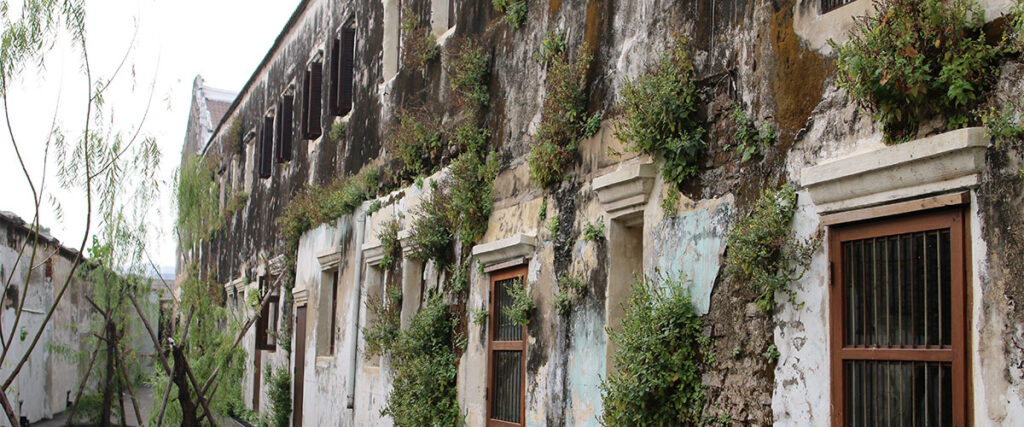Originally a trading port between Thailand and China in the 18th century, the heritage site Lhong 1919 has found new life as a cultural hub for artists, musicians and crafters to thrive in.
According to old journals, Lhong 1919 sits on the very spot where the ancestors of Thai-Chinese families settled on arrival in Bangkok centuries ago. Once a trading port on the banks of the Chao Phraya River, it became a home and hub for many Chinese traders and immigrants who settled there back in the 1850s, building a shrine to sea Goddess Mazu. Having fallen into disrepair, this wonderful set of traditional buildings has recently found a new lease of life as a cultural space where visitors can come and celebrate the city’s cool, creative scene, revitalising its purpose and securing its future.

Owned by the Wanglee family, Lhong 1919 had most recently been used as an office and warehouse space for the family’s agricultural business. “As we developed, this place became predominantly a place for rice storage and headquarters for our offices,” explains Saran Wanglee, a fifth-generation member of the Wanglee family and Managing Director of Lhong 1919. Over the years, however, the buildings began to deteriorate, prompting Saran to relocate all their workers in 2015. “After everyone moved out, we noticed the building was deteriorating. When the pipes started to fall off we knew some conservation work needed to be done.” With fears that the buildings might collapse, the family started to raise funds to restore the port. “Initially, the restoration plan was solely to prevent it from falling apart. But, as time went on, our eyes were opened to the architectural beauty of the place; we discovered a rich cultural tradition that we quickly came to realise had to be preserved and shared.”


One year later, Lhong 1919 opened its doors to the public once again. Layers of paint have been painstakingly removed from the walls to reveal beautifully ornate Chinese murals and dilapidated door frames have been carefully rebuilt. “We tried to preserve everything and keep all the little details to make the outside of the place as original and traditional as possible. The inside remains more contemporary for modern commercialisation,” says Saran. The family displays no interest in erasing the history behind 1919 as they drive the site forward. “What is more important than being financially rich is being culturally rich. If we wanted to make more money, Lhong 1919 would have been turned into a car park, which is cheap to construct whilst guaranteeing cash flow.”
Saran and his family pride themselves on reintroducing a historical heritage site to locals and sightseers alike, and they’ve done it alongside a great offering of shops, galleries and restaurants. Today, the riverside venue is home to carefully chosen stores selling fashion, decor and crafts whilst hip weekly markets provide an opportunity for young artists to get their wares seen. “The shops here are all arts and crafts. It’s difficult to find the same quality and materials at large commercial stores or even online. That’s why we are different from the city’s other market places and malls,” Saran explains. Together with that and the beautiful surroundings, the venue is also now home to several eateries including a Thai restaurant and riverside cafe, all enhancing its appeal.
In many ways, Lhong 1919 feels timeless, a visit there like stepping back into days gone by. But change is also at its core. Rather than just reviving history, this is the first stage of a redevelopment project that aims to preserve the site for generations to come. With future plans to host regular art events and competitions for creative minds, we can’t wait to see how Lhong 1919 will support the growth of this city’s creative entrepreneurs, thriving in its own way as it goes.
Details
Address: 248 ถนน เชียงใหม่ Khwaeng Khlong San, Khet Khlong San, Krung Thep Maha Nakhon 10600, Thailand
Telephone: +66 91 187 1919
www.facebook.com/lhong1919




